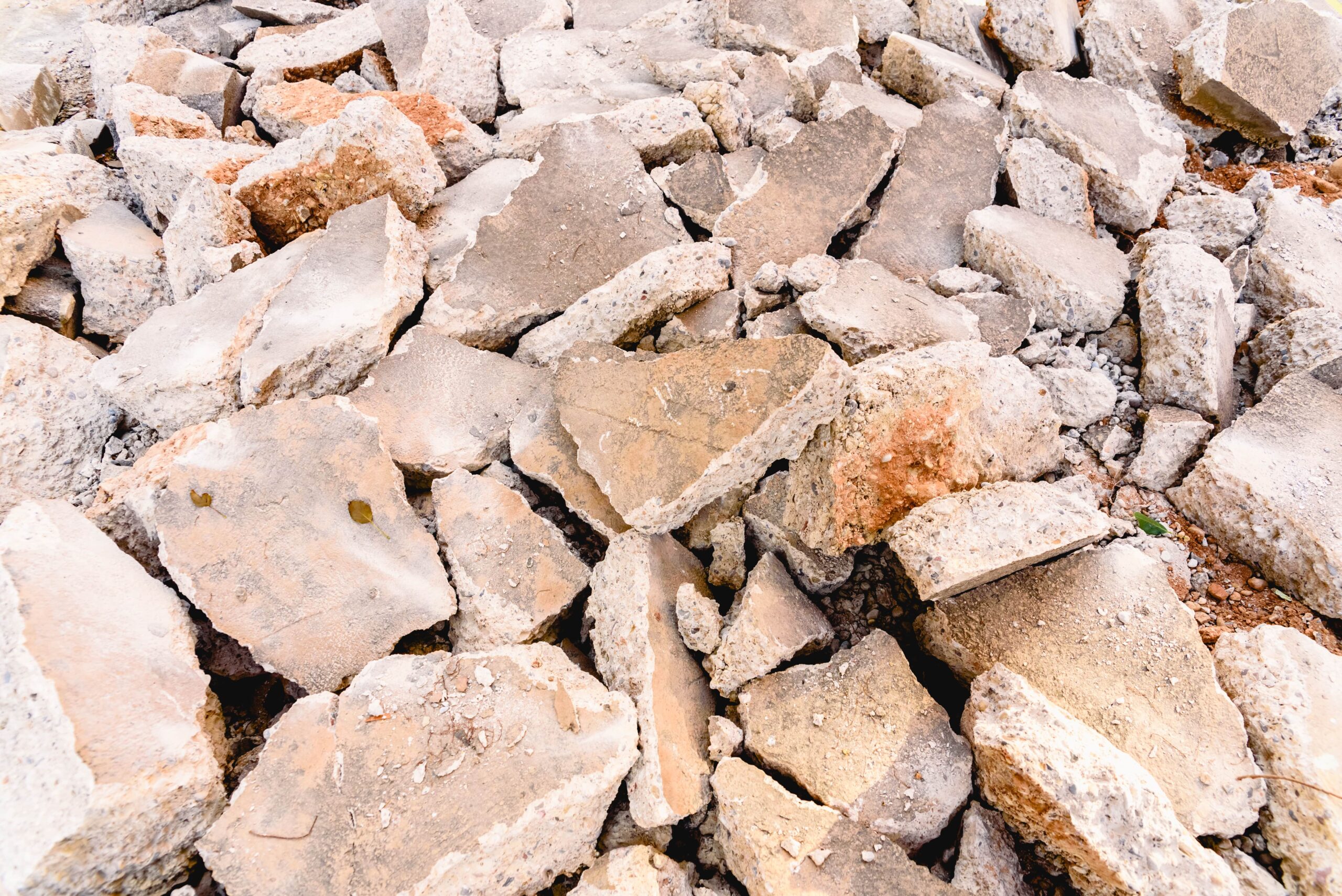The Environmental Impact of Select Fill: What You Need to Know in Houston
Introduction
As Houston continues to expand, the demand for construction materials like Select Fill has increased. While Select Fill is essential for stabilizing foundations, improving drainage, and supporting infrastructure, it also has environmental impacts that developers, contractors, and city planners must consider.
This article will explore:
- The environmental footprint of sourcing Select Fill
- Sustainable alternatives and responsible sourcing
- How regulations shape the industry in Houston
1. How Select Fill Affects the Environment
A. Land Disruption from Borrow Pit Excavation
Select Fill is often sourced from Borrow Pits, where soil is excavated for use in construction. While necessary, this process can lead to:
- Soil erosion if proper land management is not in place
- Loss of natural vegetation, impacting local ecosystems
- Altered drainage patterns, affecting nearby land and waterways
B. Transportation Emissions
Houston’s construction industry relies heavily on trucking to transport Select Fill from Borrow Pits to job sites. This contributes to:
- Increased carbon emissions from fuel consumption
- Heavy truck traffic, leading to road wear and tear
- Potential air quality concerns in urban areas
C. Waste from Improper Select Fill Use
If Select Fill is not properly chosen or compacted, projects may require removal and replacement, leading to:
- Increased material waste
- Additional excavation, further impacting the environment
- Higher costs due to project delays
2. Sustainable Alternatives and Solutions
A. Using Recycled Select Fill
Many Houston construction projects are turning to recycled materials to reduce environmental impact. Options include:
- Crushed concrete as a substitute for traditional Select Fill
- Reclaimed soil from excavation projects, reducing the need for new Borrow Pit material
- Blended fill materials, incorporating both natural and recycled elements
B. Responsible Borrow Pit Management
Leading suppliers implement environmental safeguards, such as:
- Rehabilitating Borrow Pits by restoring vegetation and managing erosion
- Strategic excavation planning to minimize landscape disruption
- Following Houston environmental regulations to protect local ecosystems
C. Optimizing Transportation & Logistics
Contractors can reduce emissions and costs by:
- Sourcing Select Fill from local Borrow Pits, cutting down on transport distances
- Using efficient logistics, such as scheduling bulk deliveries to minimize trips
- Exploring electric or low-emission transport options as they become available
3. Houston’s Regulations on Sustainable Fill Use
The City of Houston and Harris County have regulations to encourage sustainable construction practices, including:
- Soil management guidelines to prevent erosion and pollution
- Stormwater drainage requirements, ensuring Select Fill does not disrupt natural water flow
- Land restoration policies, requiring Borrow Pit operators to rehabilitate land after excavation
Conclusion
The use of Select Fill in Houston comes with environmental responsibilities. By choosing sustainable alternatives, working with responsible Borrow Pit suppliers, and following local regulations, contractors and developers can minimize environmental impact while ensuring high-quality construction results.
For environmentally responsible Select Fill sourcing in Houston, visit Borrow-Pit.com today.




